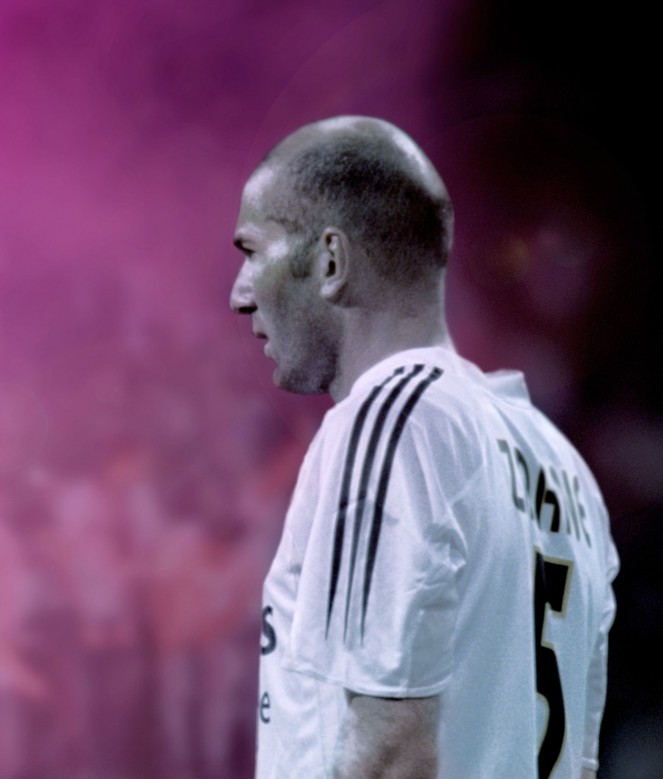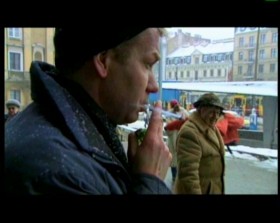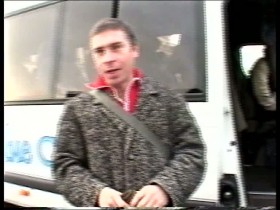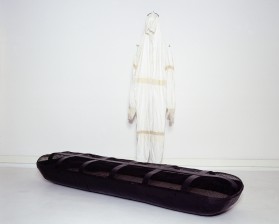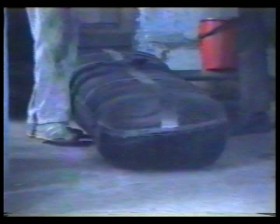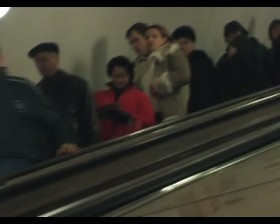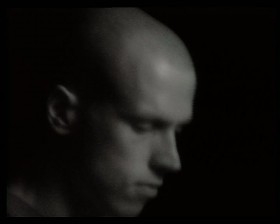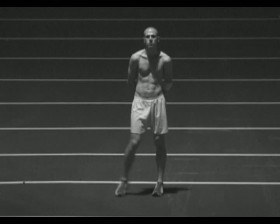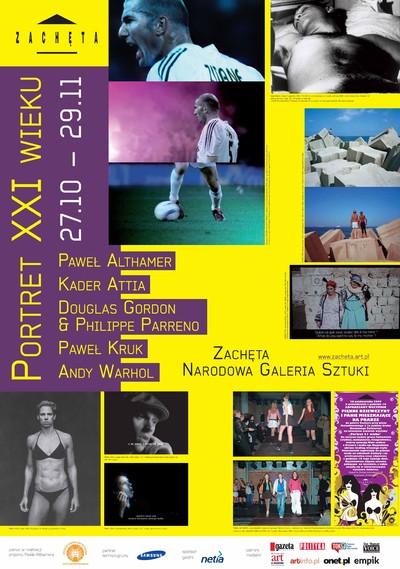A 21st Century Portrait
27.10 – 29.11.2009 A 21st Century Portrait
Zachęta National Gallery of Art
artists: Paweł Althamer, Paweł Kruk, Douglas Gordon, Kader Attii, Andy Warhol
curator: Magda Kardasz
cooperation: Anna Tomczak
Poet: Tell me what you do when you’re not painting.
Andy: I believe in living. I didn’t before. I spent fourth of July in the country and I had forgot about living. It was so beautiful. I started going to Sam Ronny’s Health Club on Broadway and West 73 Street, every day for four hours. I get massaged, box, swim under water… I want to be pencil thin... I want to like myself... What else? I am making a movie about sleep.
Poet: Sleep! What about sleep?
Andy: A movie of John Giorno sleeping for eight hours.
Poet: How fascinating. Could you be more explicit?
Andy: It’s just John sleeping for eight hours. His nose and his mouth. His chest breathing. Occasionally, he moves. His face. Oh, it’s so beautiful.John Giorno, ‘Andy Warhol Interviewed by a Poet’ [1963], in: Kenneth Goldsmith, I’ll Be Your Mirror. The Selected Andy Warhol Interviews, Da Capo Press 2004.
Sleep, Andy Warhol’s first film, was made in 1963. It is the oldest work of those shown in the exhibition A 21st Century Portrait. Warhol, always an experimenter, this time believed in life and felt the need to capture it directly in art.
That is how a silent, black-and-white movie was made in which nothing really happens. A young man sleeps and we can watch him for a long time, trying to get inside the intimate world of his dreams. We are showing the movie’s shorter, 50-minute version (the full version is five hours and twenty one minutes). The viewer’s response may range from a desire to blend in with the movie’s meditative rhythm, to boredom or even impatience. Transgression of artistic limits? An attempt to create an idol?
Zidane: A 21st Century Portrait (2006), by two world-renowned mid-generation visual artists, Douglas Gordon (Britain) and Philippe Parreno (France), is a 90-minute presentation of the footballer Zinedine Zidane, filmed during a Real Madrid game against Villareal in the Spanish Primera Division. A total of seventeen cameras filmed Zidane, perhaps the world’s best player at the time, his gestures and facial expressions, and the material was then edited into a two-channel video installation. The cameras show the pitch from different angles but remain invariably focused on Zidane, whether presenting a close-up of his face, a full-figure shot, or offering a view of the whole pitch with Zidane just one of the many players in frame. The work’s playing time is the actual time of the game. Paradoxically, the viewer seldom feels bored here. The energy cumulated in the main protagonist keeps him focused all the time, even if at times little happens on screen. The piece provokes questions about the role of sports and the athletes, about idols and heroes in contemporary culture (both popular and high-brow).
Complementary in a way to Gordon and Parreno’s film is the practice of Paweł Kruk, which explores similar themes. Kruk’s strategy, which he has pursued for years now, involves impersonating sports-related pop-culture idols. Sampling the celebrities’ authentic statements and images, the artist constructs narratives about narcissism, vanity, the strategies and traps of image creation. We are showing Paweł Kruk’s two films: Larger than Life (2000) from the Zachęta collection in which he plays Michael Jordan, the basketball legend, and The Lost Interview (2009), in which he becomes Bruce Lee, the martial artist. The screenings are accompanied by lithographs on paper, Dara and Dara with Daughter (both 2009), modelled upon two iconic images of the famous Australian swimmer, many times Olympic champion, Dara Torres: a portrait in bikini, showing her muscular, androgynous body, and a portrait of Torres holding her baby daughter. The lithographs show the artist himself, made up as a spitting image of Torres, in poses from those two photographs. The choice of the idol was not accidental here: the Australian swimmer became one of the first sports champions ‘bought’ by the world of advertising and pop culture and turned into a media celebrity.
Zinedine Zidane, a Frenchman of Berber origin, is also an idol in a different way, his success and social status serving often as an example to follow for young Moroccans kicking the football on the beaches of Agadir, teenage Palestinians footballers in the Gaza Strip, or young Algerians dreaming about a better life in France. The latter, looking wistfully at ships sailing towards Europe, have been aptly portrayed by Kader Attia in his photographic series Rochers Carrés (2009) about a beach in Algiers. We are also showing Attia’s video Correspondence (2003) about the artist’s family in France and Algeria, the author connecting his divided relatives and provoking stories about nostalgia, hope and unfulfilled dreams.
Successful athletes, actors or pop artists (especially those from working-class or minority backgrounds) often become examples for ambitious young people who want to be successful in life (not necessarily in sports or art). And so, for instance, Michael Jordan is an idol for African Americans, Jennifer Lopez for her Spanish-speaking brothers and sisters, Zinedine Zidane for young Arabs, and Eminem (or Tede in Poland) for boys from the housing projects. In this context, the term ‘star’ acquires positive connotations. A similar role can be played by projects of artists committed to activities similar to those pursued by Zidane after he has ended his career (as part of which he visited Poland in 2008, opening a football pitch for ‘problem kids’ on Brzeska Street in one of Warsaw’s poorest neighbourhoods).
Paweł Althamer, long committed to mobilising the social activity of the residents of Warsaw’s underinvested Praga district (and especially the banlieue area of Bródno), prepared for the exhibition a new version of his Models project – a fashion show by young women from Praga (first realised in 2006 at the Fabryka Trzciny as part of the exhibition Demos Kratos – Power of the People, curator: Krzysztof Żwirblis, Galeria Klimy Bocheńskiej). The artist again invited young women from Praga, those who believe they have style and those dreaming of a model’s career, to present their looks and personality on the catwalk. The participants were assisted by professional make-up artists, hair stylists and a choreographer. The show took place during the opening of the A 21st Century Portrait exhibition at the Zachęta. Footage from the show and interviews with the participants, recorded by Cezary Ciszewski using a mobile phone camera, as well as selected photos from the photo session that followed, are presented in the exhibition and in a special supplement to the exhibition folder. I hope that the Zachęta adventure was interesting, amusing and inspiring for the participants, and that it helped some of them to overcome their shyness.
As you see, our portrait of the 21st century is by no means one-dimensional: it believes in life, delights in its natural/banal beauty, does not shun the glitter of the proverbial five minutes of fame, and sometimes fulfils itself in social activism.
A 21st Century Portrait
27.10 – 29.11.2009
Zachęta National Gallery of Art
pl. Małachowskiego 3, 00-916 Warsaw
See on the map
Execution of Paweł Althamer project supported by Warsaw School of Arts.
technological partner: Samsung
sponsor of the gallery: Netia
sponsors of the opening cerenomy: A.Blikle, Freixenet
media patronage: Gazeta Wyborcza, Polityka, TOK FM, The Warsaw Voice, VIS À VIS, Art&Business, Artinfo.pl, Onet.pl, empik
